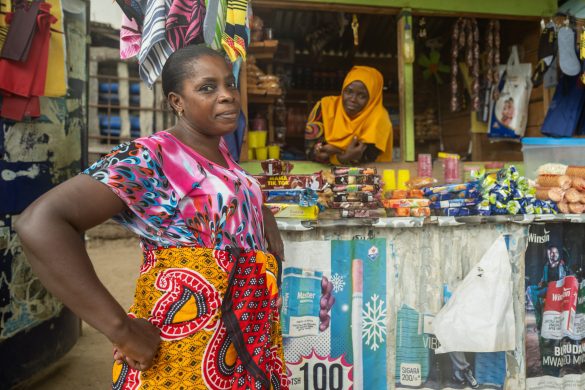Kina og Latinamerika skal uddybe det økonomiske samarbejde. Høje handelsafgifter bremser samhandelsmulighederne 10 år efter handelsboomet mellem de 2 regioner, hedder det i en netop offentliggjort rapport fra Den Interamerikanske Udviklingsbank, IDB.
WASHINGTON, 6 December 2010: China and Latin America and the Caribbean must lower trade costs and increase investment and cooperation to deepen and diversify the trade relationship, according to a new study by the Inter-American Development Bank (IDB).
The report “Ten years after the take-off,” produced by IDB’s the Integration and Trade Department, looks into the evolution of trade, investment and cooperation between China and the Latin America and the Caribbean over the past decade. It argues that policymakers should join forces to cut tariffs, transportation costs and other barriers to diversify the composition of the bilateral trade between China and the region.
Over the past decade, trade between the two regions was built on the sheer complementarity of their resource endowments: China has a scarcity of natural resources while Latin America and the Caribbean have an abundance of these resources. This has led to a classical exchange of commodities for manufacturing goods.
Whereas this type of relationship has brought gains for both sides, it has benefited only a handful of sectors and a limited number of countries in Latin America and the Caribbean. Mining products account for nearly half of the region’s exports to China, followed by agriculture commodities, with a 35 per cent share. Approximately 90 per cent of the region’s exports to China were coming from just four countries: Brazil (41 per cent), Chile (23,1 per cent), Argentina (1,.9 per cent) and Peru (9,3 per cent).
“Trade costs are still high enough to constrain trade opportunities on both sides of the relationship and, as such, they call for government action,” said Mauricio Mesquita Moreira, principal economist of the IDB’s Trade and Integration Sector and the author of the study. ”Both regions also must strengthen investment and cooperation to pave the way for more export diversification and ease any disruptions brought about by greater trade liberalization.”
On the Latin America and Caribbean side, the once favorable and low-restriction trade environment has endured in the smaller and more complementary economies such as Chile, Peru and Costa Rica, which went on to sign trade agreements with China.
Yet, this environment has been showing clear signs of deterioration in the larger countries, with more competitive manufacturing interests such as Brazil, Mexico and Argentina. In these cases, there has been a sharp increase in the number of antidumping investigations and non-tariff barriers against Chinese exporters, as well as a growing opposition to granting China the market economy status. Brazil and Argentina have yet to implement their memorandum of understanding with China on this matter, while Mexico and Colombia have yet to grant China such status, the study said.














